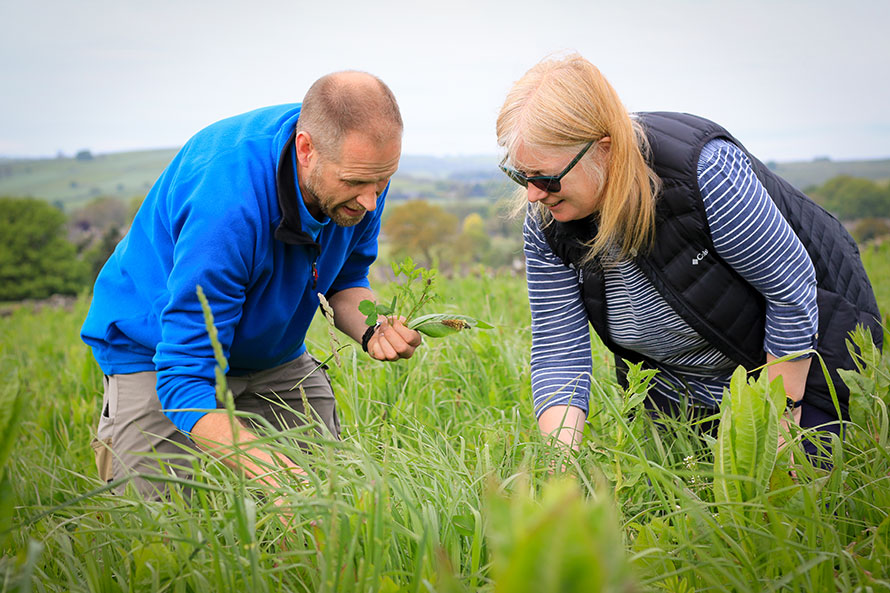Aim
The Peak District National Park is more resilient and net-zero by 2040 through its exemplary response to climate change.

The Peak District National Park is more resilient and net-zero by 2040 through its exemplary response to climate change.

Global warming, its causes and consequences have become an indisputable fact in recent years. Never has there been a greater collective focus on what and how action can be taken to reduce, mitigate and adapt to it. Although the Peak District National Park covers a small part of the UK spatially, its importance in the climate change agenda is disproportionately large, as it offers opportunities to lead on reducing greenhouse gases through how we live, work and play, but also on actions to protect its fragile biodiversity.
Climate change is the greatest long-term threat to our upland landscapes. It has the potential to change the features that make up the National Park’s natural beauty, wildlife and cultural heritage. Climate change will modify the Peak District National Park’s special qualities and alter the opportunities for the public to enjoy them. It will also alter the benefits the Peak District National Park provides. Responsible and inventive management can help to mitigate the effects of climate change by creating and maintaining resilient landscapes. Resilient landscapes consist of fully functioning ecosystems that allow nature and people to adapt to climate change. This will aid wildlife and communities within the Peak District National Park, as well as those that feel a knock-on impact - regionally, nationally and even globally. The challenge is twofold. We must balance the need to actively manage our contribution to climate change with the desire to conserve and enhance the special qualities.
This aim considers measures to reduce, mitigate and adapt to global warming, but each of these is also fundamental in shaping objectives relating to landscape and nature recovery, land management, visitor management, sustainable transport, thriving communities and the local economy.
There are three objectives focussed on delivering our climate change aim. These focus on achieving carbon net zero by reducing emissions as quickly as possible through influencing the largest emitters, ensuring we take carbon out of the atmosphere and reversing the current impacts of climate change. The emitters that are in scope are ones that partners are able to mitigate through the Management Plan. As such, emissions within the remit of national or international decision-making are excluded. The three largest emitters within our influence are land management, energy for premises and road travel – these will be our focus over the next five years.
By 2028 there will be a 25% reduction in total greenhouse emissions in the Peak District National Park.
By 2028 we will have reduced net carbon emissions from land management by focussing on the following.
For energy for premises we will have undertaken the following.
To decrease emissions from road travel we will have developed a National Park sustainable travel framework that delivers the following.
Our initial focus will be on developing a robust evidence base and seeking funding and partner support for the study and implementation of travel options.
By 2028 there will be a 2,878 tonnes net decrease in carbon emissions from moorlands.
By 2028 we will have enabled implementation of nature-based solutions for climate change through the following.
By 2028 we will secure funding for four measures that increase the resilience of existing habitats and species, cultural heritage and the built environment.
By 2028 we will have increased the resilience of the National Park to climate change by undertaking the following.